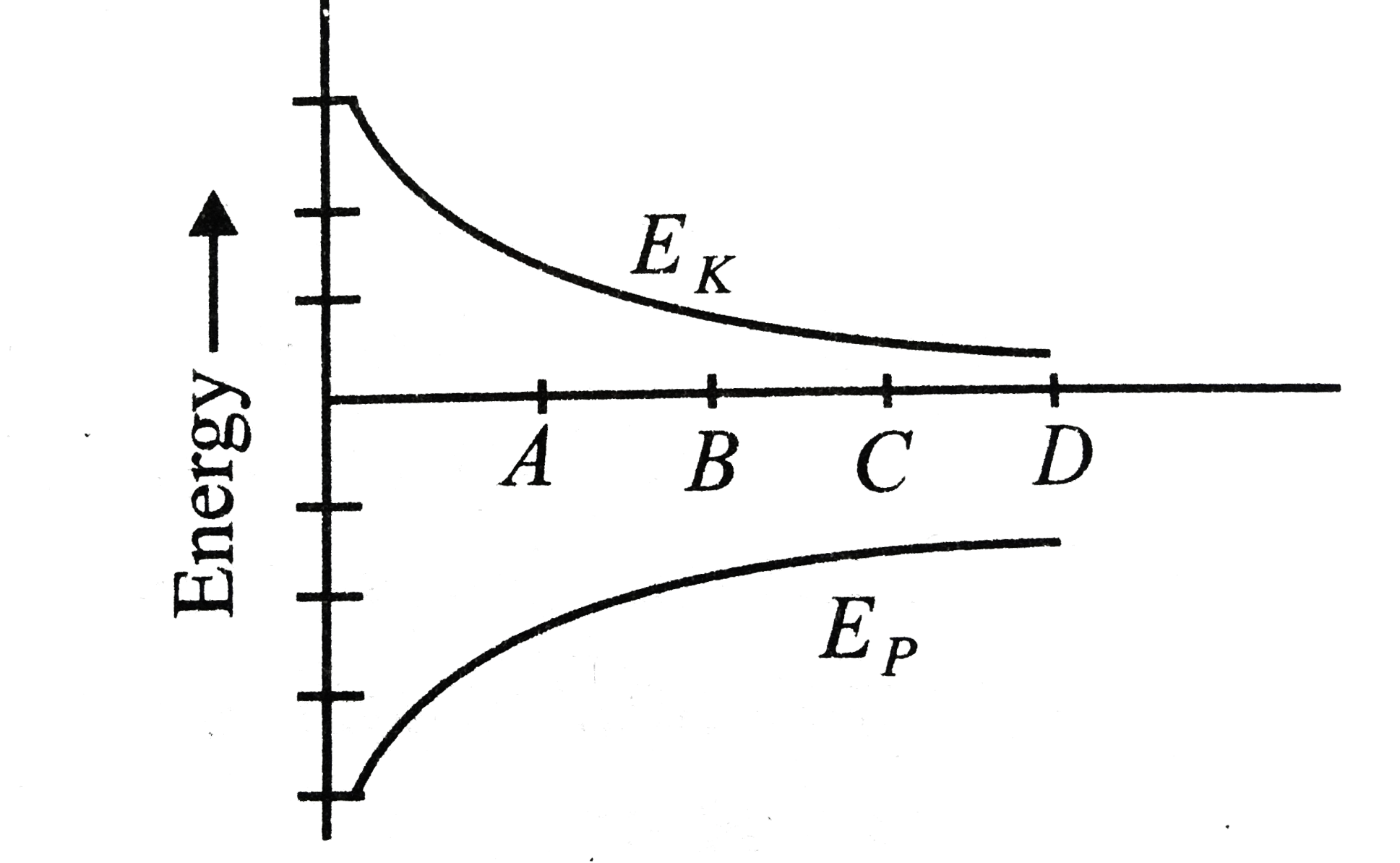Two particles interact by conservative forces. In addition an external force acts on each particle. They complete round trips ending at the points where they started. Which of the following must have the same values at the beginning and end of this trip? A. the total kinetic energy of the two-particle system B. the potential energy of the two-particle system C. the mechanical energy of the two-particle system D. the total linear momentum of the two-particle system E. none of the above
B. the potential energy of the two-particle system
Related Solutions
Consider the following two statements.
(A) Linear momentum of a system of particles is zero
(B) Kinetic energy of a system of particles is zero. Then.
View SolutionConsider the following two statements:
A. Linear momentum of a system of particles is zero.
B. Kinetic energy of a system of particles is zero.
View SolutionConsider the following two statements. a. Linear momentum of a system of particles is zero. b. Kinetic energy of a system of particles is zero. Then
View SolutionConsider the following two statements.
(A) Linear momentum of a system of particles is zero
(B) Kinetic energy of a system of particles is zero. Then.
View SolutionConstant the following two statements :
A. Liner momentum of a system of particles is zero
B . Kinetic energy of a system of particls is zero .Then
View SolutionAt time , the kinetic energy of a particle is and the potential energy of the system to which it belongs is . At some later time , the kinetic energy of the particle is , what are the potential energy and the total energy at time ? If the potential energy of the system at time is , are any non-conservative forces acting on the particle? Explain.
View SolutionAt time t , the kinetic energy of a particle is 30.0J and the potential energy of the system to which it belongs is 10.0J . At some later time t_f , the kinetic energy of the particle is 18J , what are the potential energy and the total energy at time t_f ? If the potential energy of the system at time t_3 is 5.00J , are any non-conservative forces acting on the particle? Explain.
View SolutionConsider the following two statements.
a. Linear momentum of a system of particles is zero.
b. Kinetic energy of a system of particles is zero. Then
View SolutionConsider the following two statements.
I. The linear momentum of a system of particles is zero.
II. The kinetic energy of a system of particles is zero.
Then
View SolutionConsider the following two statements. I. The linear momentum of a system of particles is zero. II. The kinetic energy of a system of particles is zero. Then :
View SolutionConsider the following two statements :
1. Linear momentum of a system of particles is zero
2. Kinetic energy of a system of particles is zero , Then
View SolutionConstant the following two statements : A. Liner momentum of a system of particles is zero B . Kinetic energy of a system of particls is zero .Then
View SolutionTemperature is a measure of total kinetic energy of the particles in a system.
View Solutionकिसी विलगित निकाय में (अर्थात् एक निकाय जिस पर कोई बाह्म बल कार्यरत् नहीं ) क्रिया करने वाले कणों का कुल संवेग संरक्षित है, तो यह पालन करता है
View SolutionInteraction Energy Of System Of Particles
View SolutionFigure shows the kinetic energy and potential energy () curves for a two-particle system. Name the point at which the system is a bound system.

View SolutionFigure shows the kinetic energy and potential energy () curves for a two-particle system. Name the point at which the system is a bound system.

View SolutionPotential energy and kinetic energy of a two particle system under imaginary force field are shown by curves KE and PE. respectively in figure. This system is bound at :
View SolutionConsider the following statements
I. The rate of change of the total linear momentum of a system consisting of many particles is proportional to the vector sum of all the internal forces due to inter-particle interaction.
The internal forces can change the kinetic energy of the system of particles are not the linear momentum of the system. Choose the correct option.
View Solution